By HEATHER MITCHELL What is “Comprehensive School Health”? Comprehensive School Health (CSH) is an internationally recognized framework for schools to follow in order to support...
Blog

Transforming Waste into Energy to Advance the Circular Economy: Canada – USA Event Recap
By DINA MANSOUR On October 25th, 2018, Leaders in Energy (LE), in partnership with the Quebec Government office in Washington and the Embassy of Canada, held...
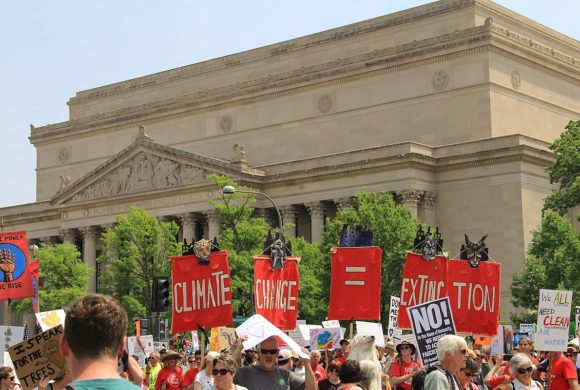
Climate Change and Canada’s Carbon Tax: A Necessary Step
By BROOKE NEPO The most recent UN Intergovernmental Panel on Climate Change (IPCC) report highlights the future consequences of a warming planet if fundamental change is not...
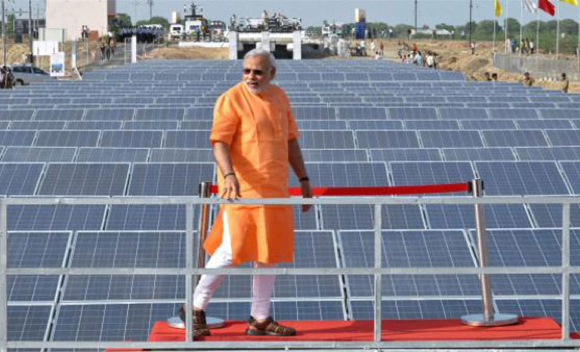
Indian Prime Minister Modi: A UN Climate Champion
By UTKARSH VIVEK On October 3rd the Prime Minister of India received the United Nation’s Champion of the Earth Award in the Policy Leadership Category for his...
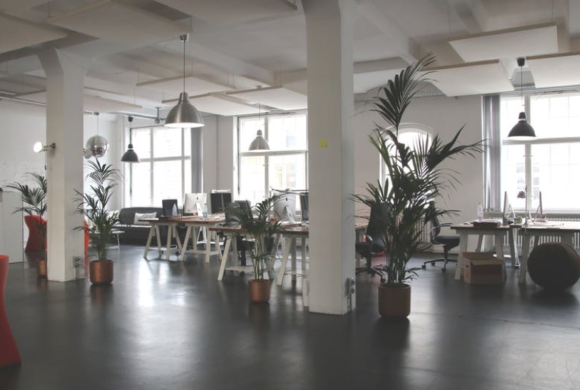
Inventive, Eco-Conscious Solutions for Shared Offices
By RAE STEINBACH Like businesses in traditional settings, coworking spaces are beginning to focus on promoting environmentally friendly designs. Freelancers are especially cognizant of their ecological...
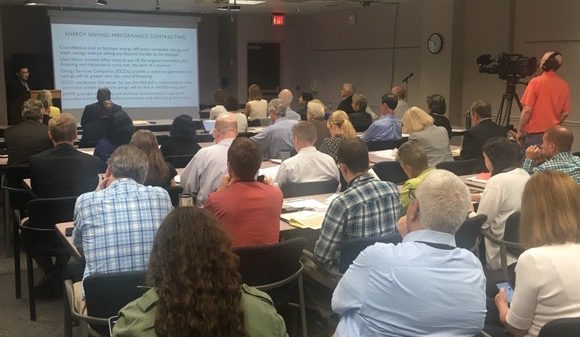
Workshop Explores Local Government Clean Energy Financing Alternatives
By MELISSA CHRISTENSEN Representatives from six local governments in Northern Virginia attended a workshop on budget-neutral, clean energy alternative financing options for local governments at the...
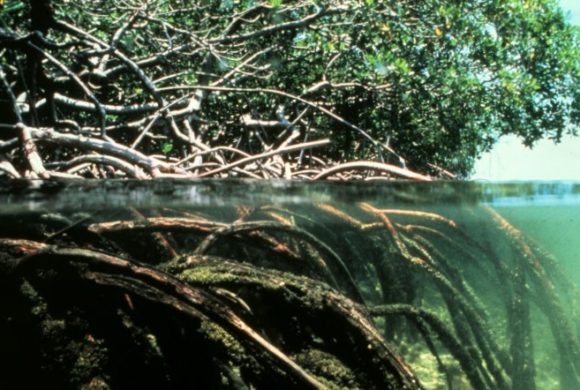
Brazil’s Amazonian Mangroves: Crucial for Climate Change Mitigation
Brazil’s Amazon is home not only to the world’s largest tropical forest, but also one of the world’s largest mangrove areas. Mangroves are collections of different tree and shrub species found in tropical coastal regions, growing in waterlogged soils. They can be recognized because of their large roots protruding from soils—roots they use to ‘anchor’themselves from strong incoming tides. There are over 80 distinct mangrove tree species, and can sequester or store large amount of carbon in their soils, which can be stored for multiple centuries. Deforestation of mangroves results in the release of sequestered carbon dioxide, as trees, plants, and soils release stored carbon once they are logged and cleared or burned. Although mangroves represent only 0.6% of global tropical forests, a new, long-term study published in the journal Biology Letters shows that these mangrove forests contain much more stored carbon than previously thought, and that their deforestation accounts for as much as 12 percent of greenhouse gas emissions produced by all tropical deforestation worldwide.
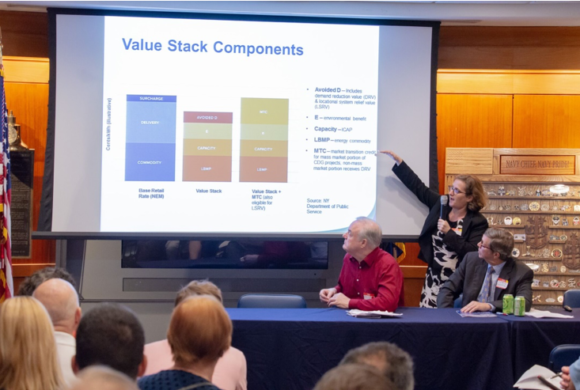
Utilities of the Future: Recap
On October 4th, 2018, Leaders in Energy (LE), in partnership with Resilient Virginia, held its “Utilities of the FutureForum” at the US Navy Memorial in Washington DC. The event had over 80 attendees and was an exciting opportunity to look at recent developments in the role of utilities and future of energy provision and new changes.
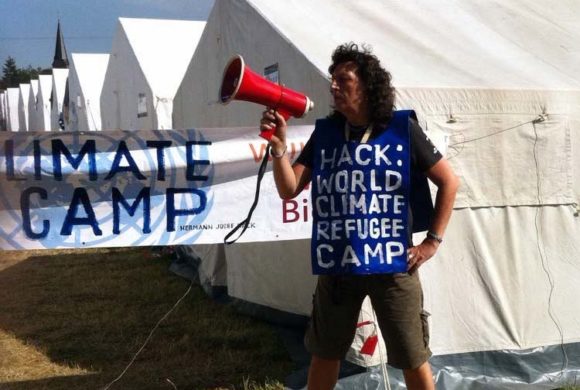
Is Climate Change a Security Issue?
There is a significant yet still under-researched connection between climate change and security-related risks. The frequency of extreme weather events, including flooding, severe droughts and other associated impacts of global warming are contributing to the reduction of crop yields, diminishing water resources, and ultimately impacting human livelihood. In some cases, these events have contributed to the migration of ‘climate refugees’ in order to meet their basic human needs, including access to water, food, electricity, and shelter. As a result, climate change is increasingly entering the policy arena as a significant security issue.
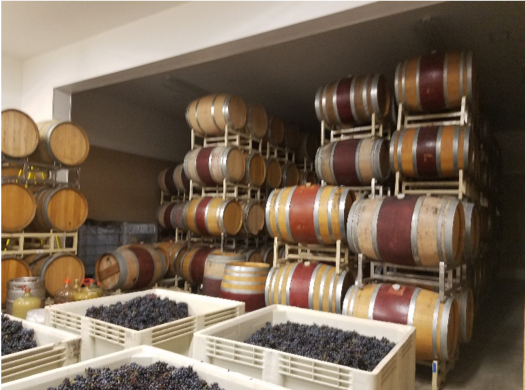
Sunshine in a Glass: Sustainable Vineyard Tour
By ELVIN YUZUGULLU It was a beautiful day to nourish one’s intellect, passion, and palette. On September 22, 2018, the Leaders in Energy community did just...
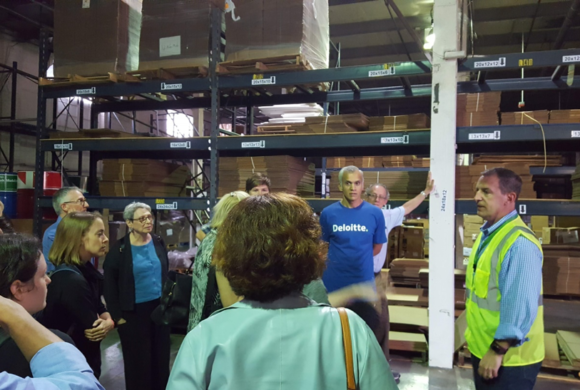
Circular Economy Working Group Tour of C2 Management facility, September 22, 2018
Tucked back next to the railroad tracks in rural Berryville, Virginia, is an older warehouse complex which houses a business bustling with the magic of re-use, C2 Management.
On Saturday, September 23, the Leaders in Energy Circular Economy Working Group visited the C2 Management facility for a tour of their impressive operation.
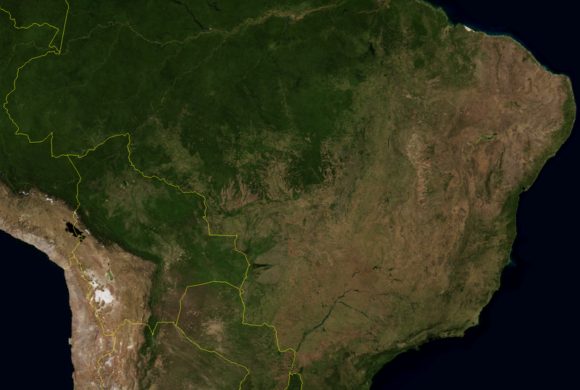
Brazil’s Wind Energy Development and Trends
Wind energy in Brazil is growing through competition and attracting foreign companies interested in investing in a low carbon future. Major companies, such as EDF, EDP and Stategrid (via CPFL) were amongst the successful bidders in the latest energy auction, which will add 2.1 GW of new installed capacity to the grid as disclosed by the Electricity Regulatory Agency (ANEEL). In 2017, Brazil was ranked the 2nd country by Bloomberg’s Climatescope, which compares the environment for clean energy and climate investment worldwide.


